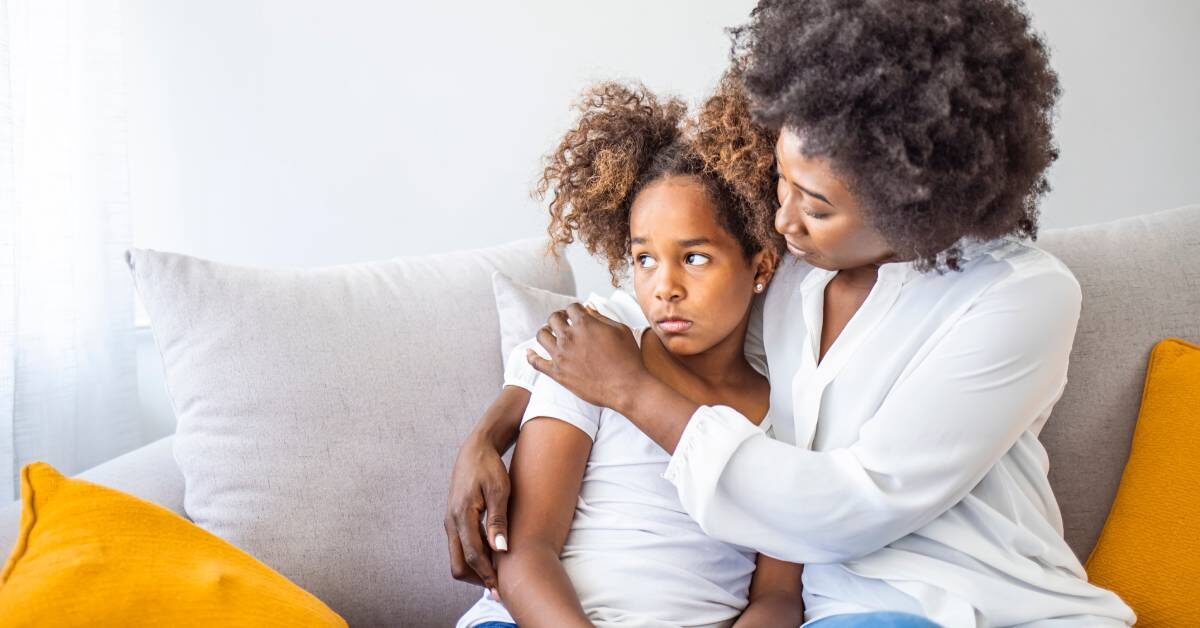Some kids are naturally shy, and there’s nothing wrong with that. However, anxiety in children can sometimes appear as simple shyness, and anxiety can be distressing for your little one. If you’re a concerned Black mother wondering if your kid is shy or if they could have anxiety, this blog is for you. Below, we explore how you can distinguish anxiety from shyness and how to help your child.
How To Recognize the Signs of Anxiety
Behaviors like avoiding eye contact, blushing, and hiding behind you are normal indicators of shyness. However, if your child exhibits these behaviors alongside more intense ones like thumb-sucking or avoiding social contact altogether, then there could be a deeper issue. An anxious child might also exhibit physical symptoms of their discomfort, such as sweat, shaking, or stomach pain.
If you notice more severe symptoms and behaviors, then your next step is to make sure they’re not one-off instances. Everyone has the occasional bout of anxiety. However, if your child regularly appears distressed in social settings, then they could very well be experiencing social anxiety.
Causes of Anxiety in Children
If you think your child has anxiety, then understanding what might be the cause of it can help you support them. Anxiety in children can stem from various sources, including drastic life changes such as moves, school pressures, changes in family dynamics, bullying, and more.
How To Help Your Anxious Child
Once you’ve determined that your kid could have anxiety and potential reasons why, your next step is to help them cope. Below are a few ways you can do so:
Talk to Them
Talking to your child is one of the most effective ways to understand their feelings. Encourage open dialogue where they feel safe to express their fears and concerns. Using empathetic and supportive language will make your child feel understood and less isolated, encouraging them to open up to you.
Encourage Healthy Activities
Finding something that makes your kid feel accomplished can help them cope with anxious feelings. The activity could be reading, playing sports, doing crafts, or whatever else your kid is interested in. It’s all about helping them find their safe space.
Provide Healthy Coping Mechanisms
Anxious behaviors like fidgeting are harmless, but others, like thumb-sucking, can actually affect your child’s well-being. Therefore, try to replace any harmful self-soothing behaviors. For instance, one of the alternatives to fight thumb-sucking is giving your child a stuffed animal to hold.
Pursue Professional Help
Sometimes, professional assistance can offer the guidance both you and your child need. Through counseling or therapy, expert advice can provide personalized strategies to manage their emotions.
Understanding whether your child is shy or if they could have anxiety is important for nurturing their emotional health. By recognizing the signs, identifying the cause, and supporting them through their emotions, you can help your child thrive.








Leave a Reply